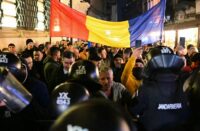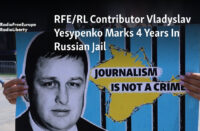David Lammy, the United Kingdom’s Foreign Secretary, touched down in Kyiv on Wednesday morning. His mission is to reveal a fresh financial aid package tailored to assist Ukraine. This financial aid comes as the conflict between Ukraine and Russia approaches its third year.
Lammy’s visit to Ukraine is not just about announcing the financial package. It also includes a scheduled meeting with the Ukrainian President Volodymyr Zelenskyy. The financial aid is aimed at bolstering Ukraine’s energy sector and grain exports, which will subsequently boost the nation’s economy that has been ravaged by the ongoing war.
The visit by the UK Foreign Secretary comes in the wake of a 100-year partnership agreement inked between the UK and Ukraine by Prime Minister Keir Starmer. This partnership is a testament to the larger European efforts to stand with Ukraine and commit to helping the nation weather the storm of conflict.
The landmark agreement outlined by Prime Minister Starmer is a promise to enhance cooperation on defense, especially maritime security in the Baltic Sea, Black Sea, and the Sea of Azov. It also includes collaboration on technology-related projects such as drones, which have become essential tools in the conflict.
Additionally, the partnership includes a system to monitor Ukrainian grain that Russia has been exporting from the territories it occupies. Since the conflict started, the UK has pledged €15.4 billion in aid, both military and civilian, to Ukraine.
As the conflict rolls into its third year, both Ukraine and Russia are attempting to gain an upper hand on the battlefield in preparation for any potential peace talks. Ukraine has launched a second offensive in Russia’s Kursk region, aiming to hold on to the territory it captured last year. It has also increased drone and missile attacks on Russian weapon facilities and fuel depots.
On the other hand, Russia is slowly advancing along the 1,000-kilometre front line in eastern Ukraine. Despite heavy casualties, the Russian forces continue their attacks, particularly focusing on Ukraine’s energy infrastructure. The objective is to disrupt heat and electricity supplies during the harsh winter months.




